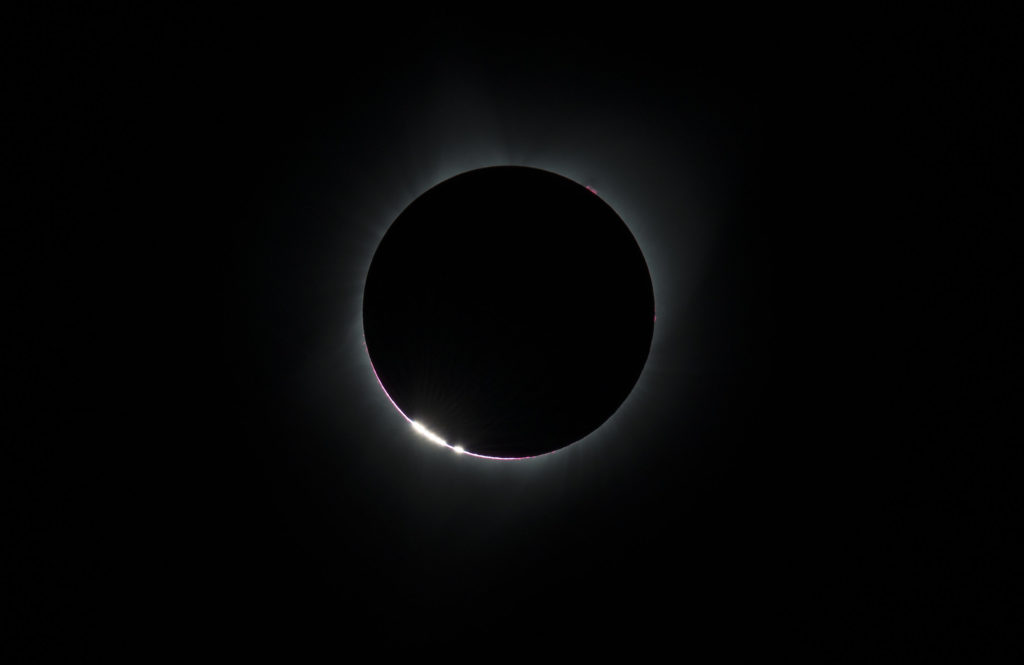
Millions were enthralled by a total solar eclipse on Monday, April 8, visible across the United States, Mexico, and Canada. This rare celestial event, the first to be seen in the US skies in seven years, commenced in the Mexican beach resort of Mazatlán. It then crossed into the United States at Eagle Pass, Texas, and continued its path northeast toward Canada. Other countries such as Colombia also witnessed the event, but as a partial eclipse.
Enthusiasts, undeterred by the possibility of overcast skies hiding the eclipse, congregated from Texas to Maine. Armed with protective eyewear and cameras fitted with solar filters, they seized the opportunity to observe this phenomenon.
The path of the total solar eclipse draws crowds
The “path of totality,” a term denoting the moon’s shadow that blocks the sun, saw more than 31 million residents within its reach. An additional 4 to 5 million people were expected to travel on this path, contributing to an estimated $1.5 billion in tourism revenue, making it the U.S. largest travel day of the year. The next coast-to-coast total eclipse in the US won’t occur for another 21 years, heightening the eagerness among many to experience the temporary darkness and stillness.
Economic Impact and Viewing Experiences
The eclipse’s path brought not only a significant economic boost but also challenges, including skyrocketing airfares and hotel rates. Some travelers found their long-standing reservations canceled and resold at much higher prices. Early risers sought prime viewing spots, with Maine expected to offer some of the best views thanks to clear skies. However, parts of Texas and the south-central states were less fortunate, with optimal viewing conditions marred by the weather.
The event spurred a wide array of activities, from public viewing events and the distribution of safety glasses to animal behavior studies at zoos. NASA took the opportunity to conduct experiments, launching rockets into the moon’s shadow to study the effects on Earth’s upper atmosphere and engaging volunteers to capture and analyze images of the solar corona. This eclipse, with a longer track and wider shadow due to the moon’s proximity to Earth, offered a longer duration of totality compared to the 2017 event, providing a unique opportunity for both scientific study and public fascination.
See all the latest news from Colombia and the world at ColombiaOne.com. Contact our newsroom to report an update or send your story, photos and videos. Follow Colombia One on Google News, Facebook, Instagram, and subscribe here to our newsletter.

